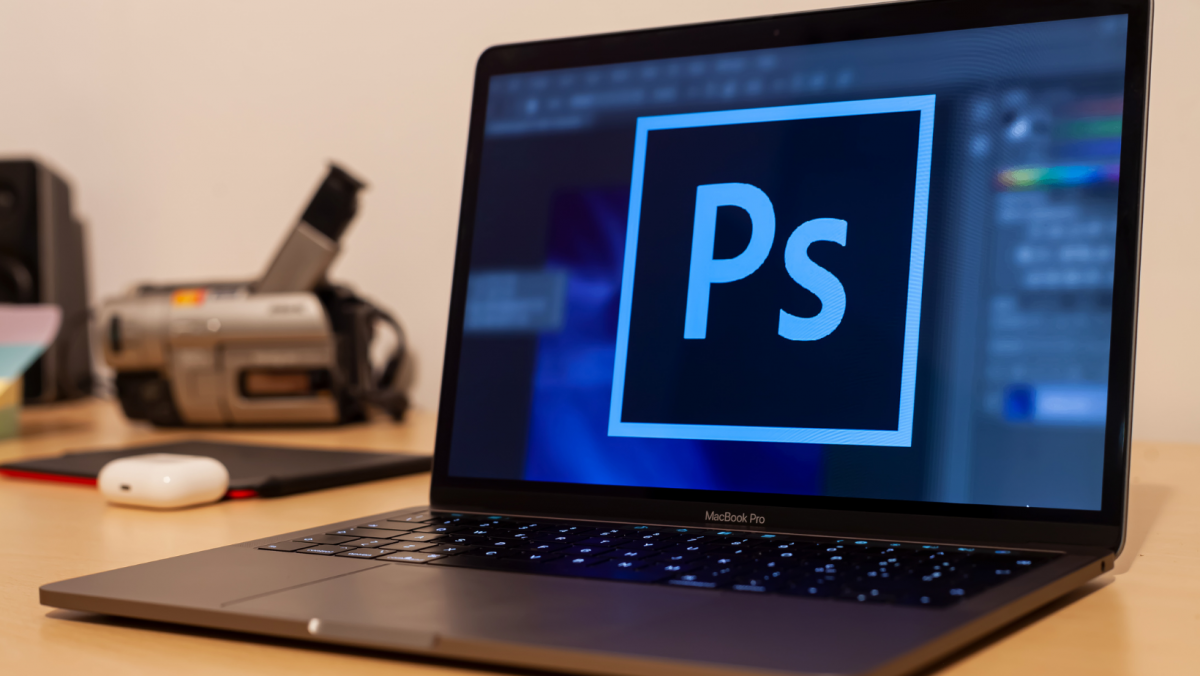Nothing is worse than being duped – on an online dating site, when you are buying something or if you just want accurate information…and with the amazing photo editing tools available to us today, such as Photoshop and more, it has become easier to fool even some of the most observant of us.
So, how can you tell if an image has been manipulated? First, you may want to be exceptionally wary of forwarded or screen shot images, which tend to be more frequently manipulated. Looking very closely at details can also help and there are a number of ways to do that.
To spot photo manipulation, the first thing you can do is use the naked eye to look for any anomalies. These abnormalities may include mismatched patterns or geometry, inappropriate lighting or shadows, items or people positioned at weird angles and strange edges or objects that look like they might be cut off. This might even include missing limbs or other chopped off body parts…seriously. You can zoom in to check more closely, but zooming too much can cause its own set of problems. However, 200-300% should be fine.
There are also some really cool sleuthing tools that may help you determine if a photo has been manipulated. For instance, you can conduct a reverse image search to help determine if the photo is recent or if it was taken years ago. Google has a great tool for this with integrated facial recognition to make it easier to search through people. Because of Google’s popularity, you will also have a large database at your disposal.
Mac and Windows enable users to check the metadata of images – which may also provide you with timing and location info. All you need to do is right click on the image.
Foto Forensics is another photo manipulation analysis tool which searches for clues – such as differing pixel densities – to determine if an image has been altered.
Just remember, that no tool is infallible and you will have more conclusive information if you use multiple tools. Also, keep in mind that some photos are just plain weird!


